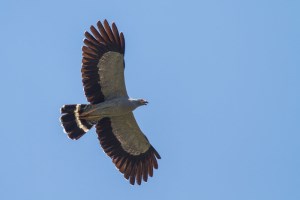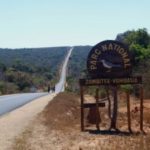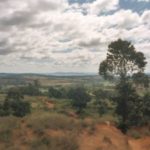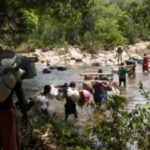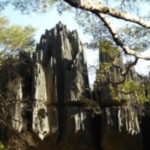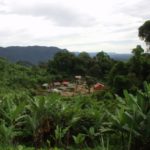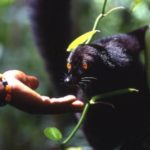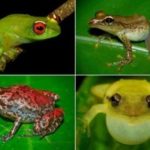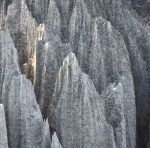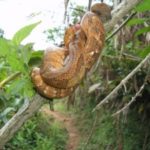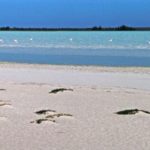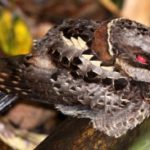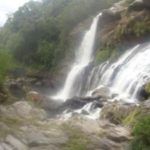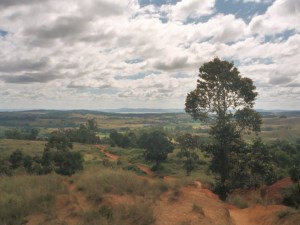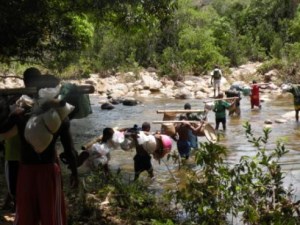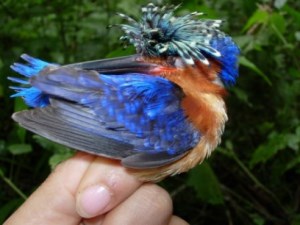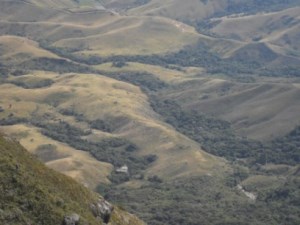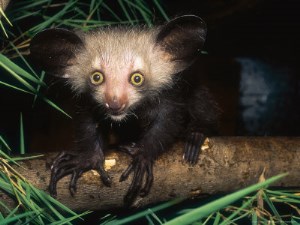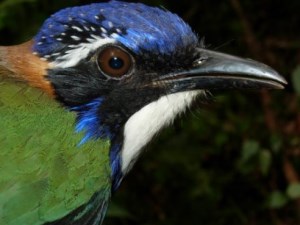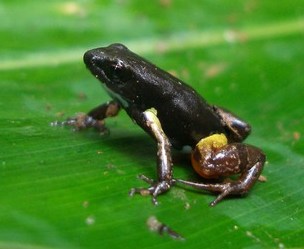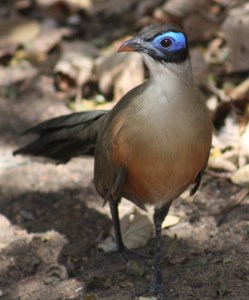Kasijy
In the Kasijy special reserve is currently being Area of about 200 square kilometers protected about 100 kilometers south of Mahajanga. Accordingly, the Kasijy Reserve is located in the northwestern part of Madagascar. Many different ecosystems have settled in the area and everything from open savannahs to subtropical or dry deciduous forests are present. During a Visit to Kasijy Reserve you can see sand dunes as well as rice fields, swamps, lakes and riparian forests. This diversity is also what makes a trip to Kasijy Reserve for your Journey through Madagascar so impressive. Getting to Kasijy Reserve is not easy, as the road leading to the reserve is in a miserable condition. Without an off-road vehicle you will have limited progress, which is why you should by no means do without one. At times it may also be necessary walk the last kilometers to the reserve. Especially if you arrive from the south, you can rarely avoid a short walk. With a Arrival from the north of Madagascar the road situation is often somewhat better. If you want to visit Kasijy, you should keep in mind that in this reserve there are virtually no infrastructure exists. In addition, the reserve Closed from December to April. In the summer months, you should also make sure to bring enough water reserves to your trip and protect yourself adequately against the sun's rays. Temperatures around 38°C are not uncommon between April and November. In the reserve itself you will be comprehensively rewarded for the hardships of the journey. 16 different mammal species live permanently in the Kasijy Reserve, among them seven different species of lemurs, which for tourists are the most Main attractions in Madagascar belong. In addition, you get up to 67 different bird species the majority of which are endemic and extremely rare. The Henst's hawk or the Madagascar sparrow hawk are just two examples. Also interesting is the World of reptiles and amphibians in Kasijy Reserve: The Madagascar big-headed tortoise, flat-tailed geckos, chameleons and also river crocodiles can be observed in Kasijy Reserve. In addition there are of course many plant species, which easily reach a number of 200. In the region around the Kasijy Special Reserve live primarily people who belong to the The Sakalava and Tsimihety tribes. belong to. Villages and communities live in great dependence on forest resources, which has a strong lasting impact on the forest ecosystem. Forest areas are being cleared and otherwise destroyed in order to Space for agriculture or the zebu cattle. Especially the densely forested areas in the Kasijy Reserve are exposed to constant danger.

